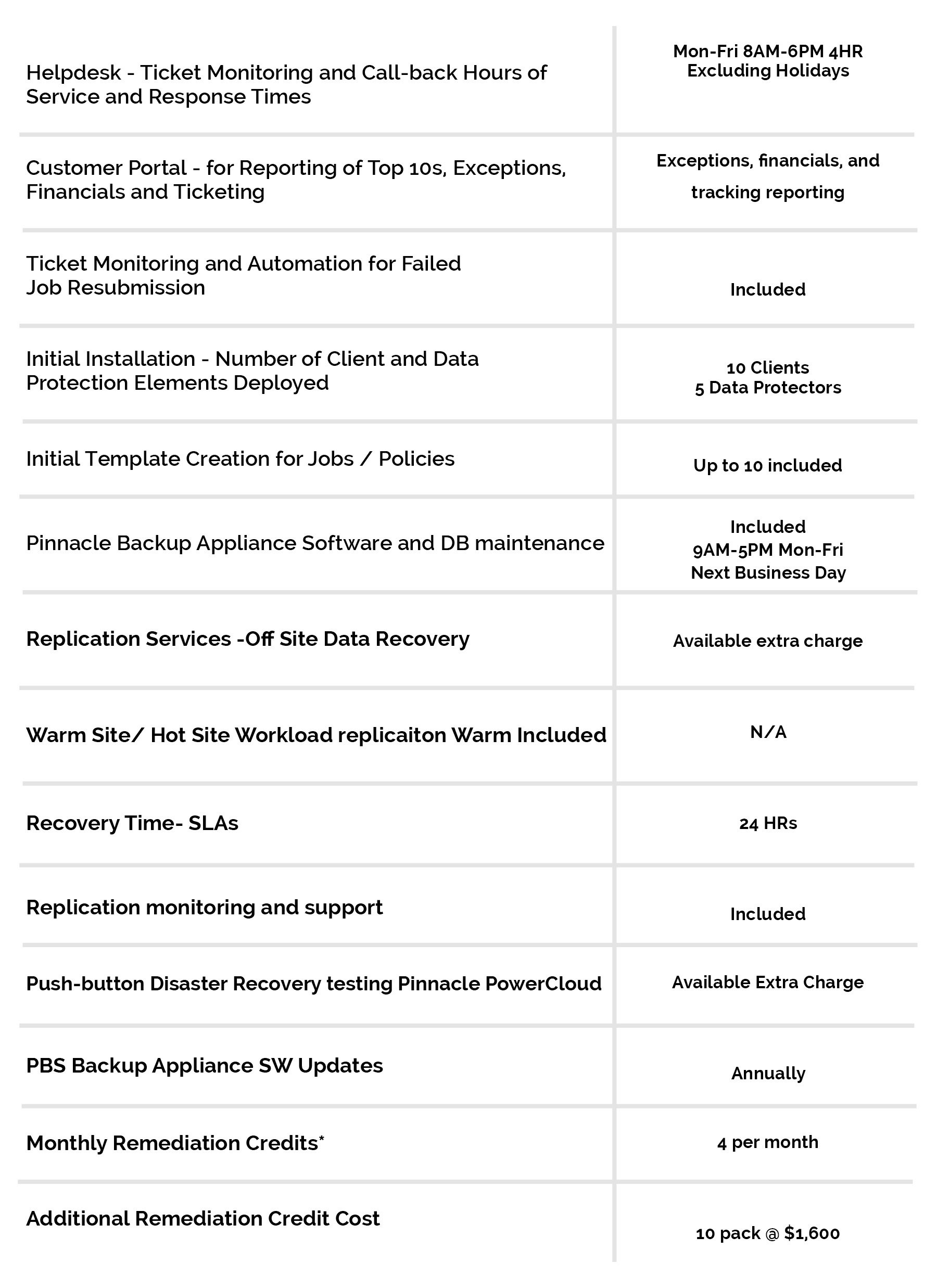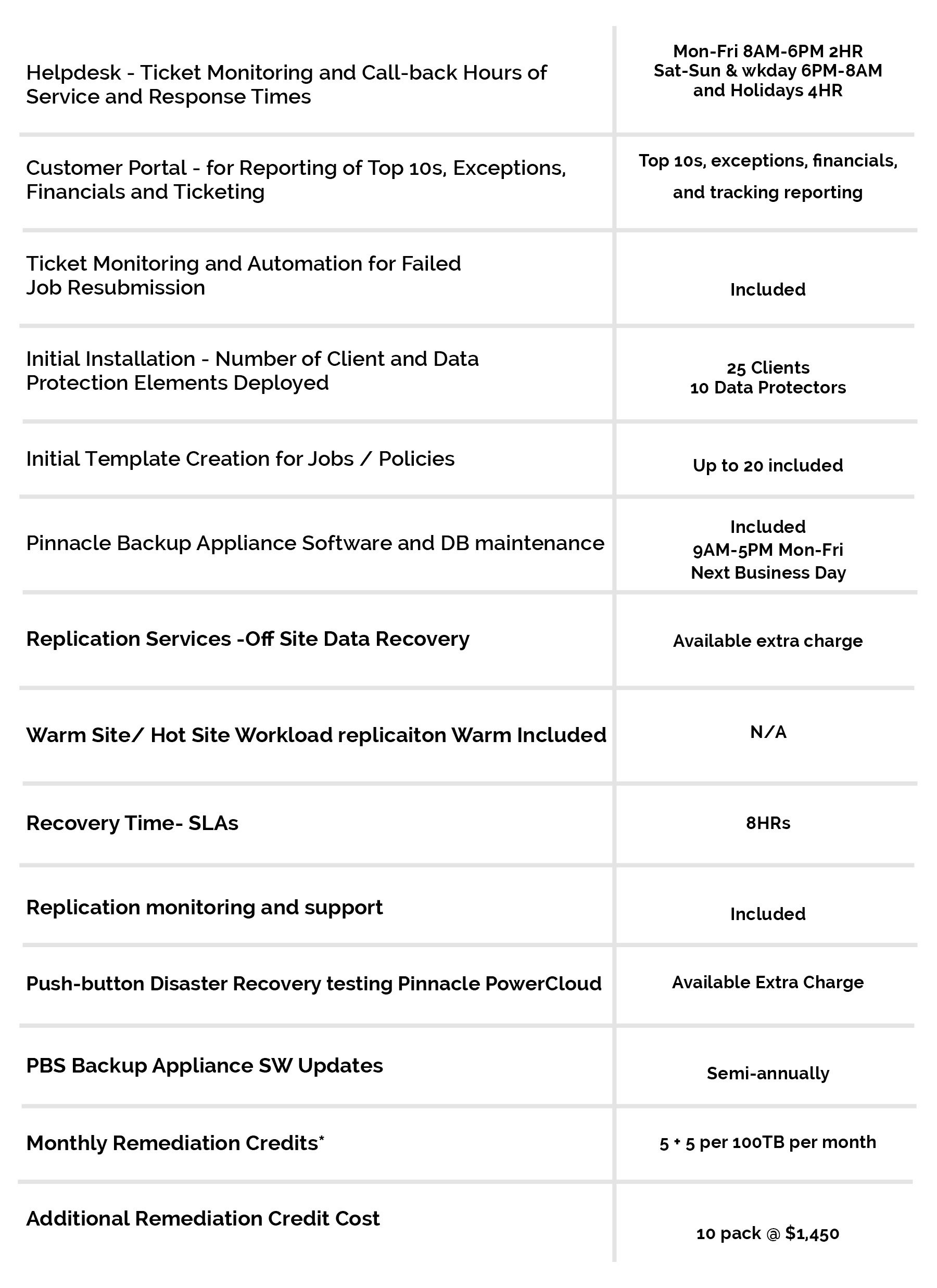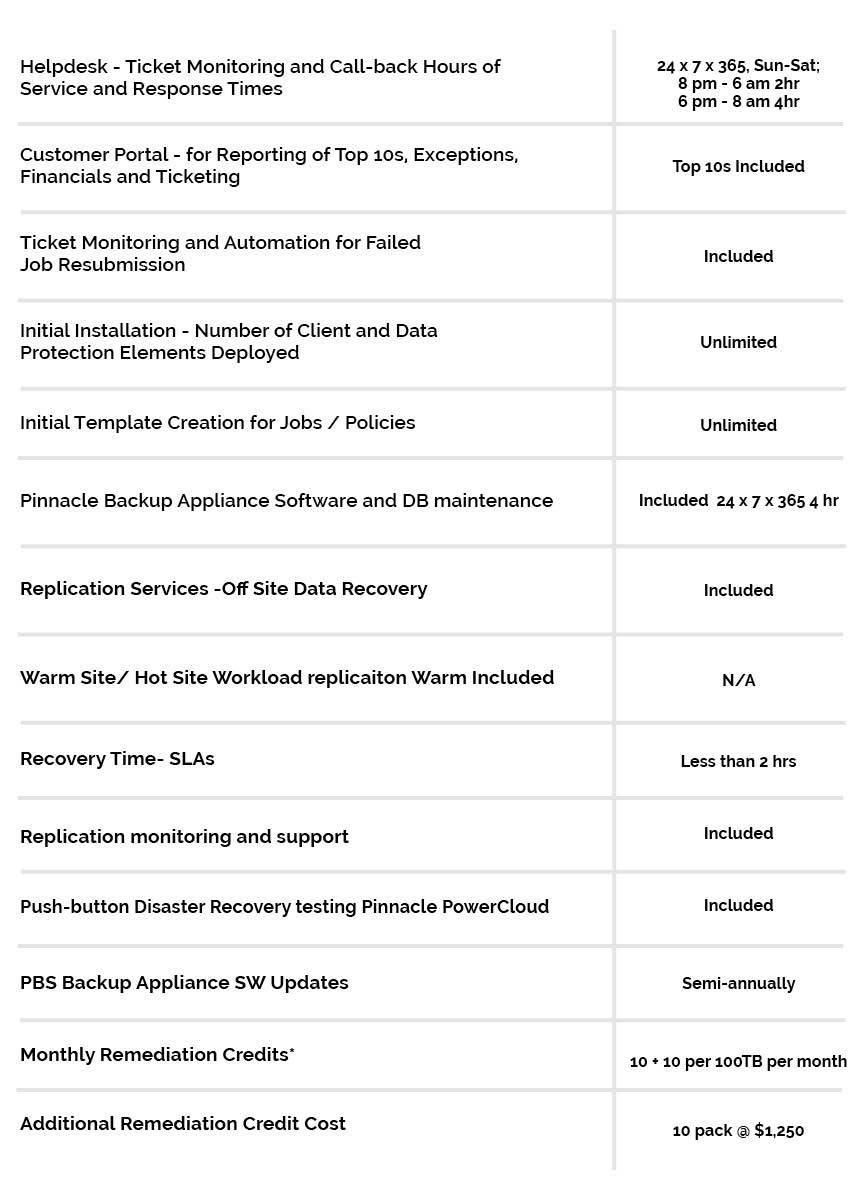25 Feb 3 big data analytics strategies to consider in 2019
Most companies today are working to make use of the data resources they have on hand. Whether this information relates to customer purchase histories, inventory levels, development projects or other areas of the business, analyzing the data sources organizations have access to can provide considerable insights to support decision-making.
However, a recent study shows that many enterprise big data analytics initiatives aren’t as a mature as decision-makers believe. According to InformationWeek, while 26 percent of CIOs noted that analytics would be a key differentiating factor, helping them rise above the competition, the vast majority of companies haven’t reached this point. Overall, 91 percent of enterprises have not yet achieved the “transformational” level of analytics maturity that they’re aiming for.
As enterprises continue to progress with their analytics initiatives, there are few emerging strategies to consider. Let’s take a look at how analytics projects will advance this year:
Defining custom key performance indicators
One of the foundational points of analytics initiatives is stakeholders’ ability to compare data sources from different periods to specific key performance indicators (KPIs). These indicators can extend to an array of areas and concepts within the business, but in the past, decision-makers have had trouble defining the unique KPIs that impact their organization.
This year, we’ll see a higher focus on establishing the individual KPIs that will affect business decision-making. According to Forbes contributor Louis Columbus, reporting on TWDI Best Practices Report, BI and Analytics in the Age of AI and Big Data, 50 percent of companies are working toward a stronger focus on KPIs, noting that these will be major drivers for new investments. 
Automation to support the customer experience
It seems that each year brings new data initiatives related to the customer experience, and this focus on the business’s clients comes as no surprise. Studies have shown that supporting a beneficial customer experience that maps to consumers’ current preferences can enable brand loyalty and encourage more spending with the company.
This year, keen businesses will leverage automation to enhance the organization’s ability to pinpoint and analyze data to support the customer experience. The TWDI study found that 42 percent of companies are looking to put automation to work in this way in 2019.
AI, ML and now NLP
This year will also bring continued focus on data analytics related to artificial intelligence and machine learning. These systems have the capacity to produce considerable volumes of data that can be mined and analyzed for in-depth insights. The study also found that investments in natural language processing technology is a top priority for 54 percent of companies.
“Natural language processing (NLP) and search-driven analytics are just a few of the new technologies companies are using to connect their most potent business minds with the right data,” noted Sisense contributor Shelby Blitz.
These technologies will likely also cross over into customer experience-focused analytics initiatives, as well.
To find out more about what your organization needs to support its analytics maturity in 2019,connect with the experts at Pinnacle today.





